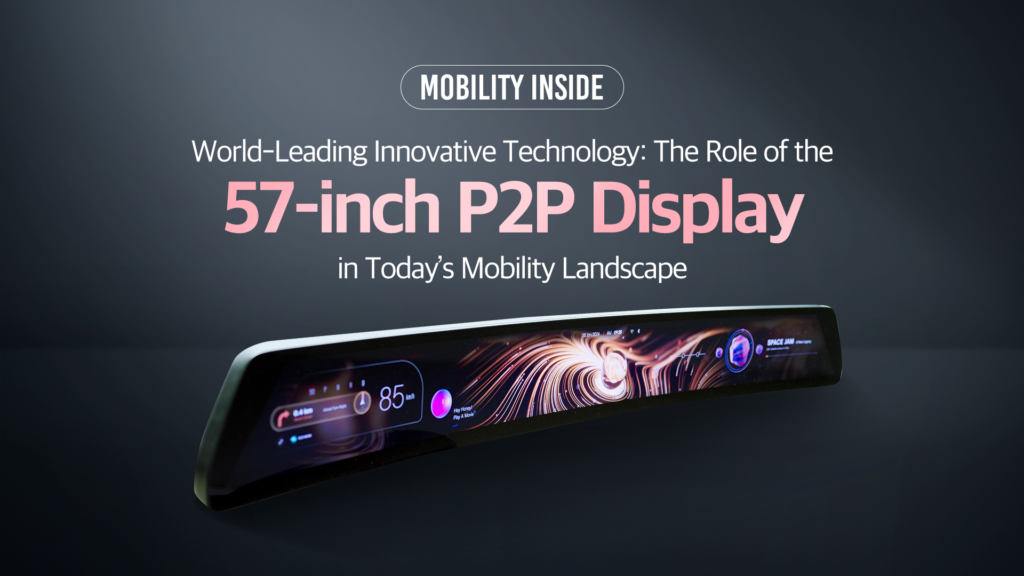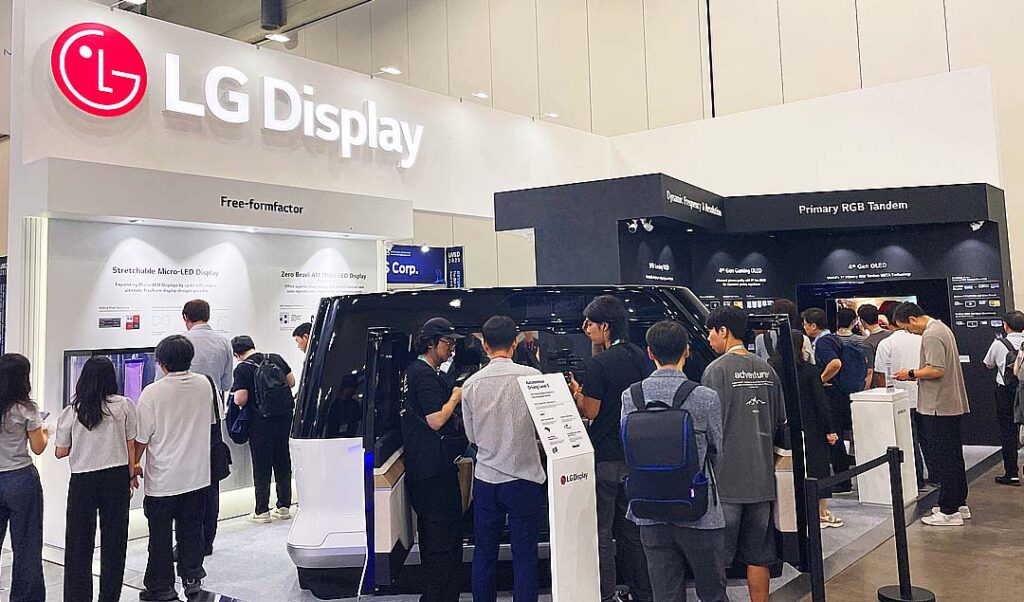
Governments and corporations across the world have been committing to achieving carbon neutrality by 2050. The eco-friendly trend has encouraged the adoption of clean sources of power, efforts towards energy efficiency, and the emergence of new sectors such as the hydrogen economy. South Korea, where LG Display is headquartered, is also seeking to play its part in ensuring a sustainable future along with other countries.
How is the world doing?
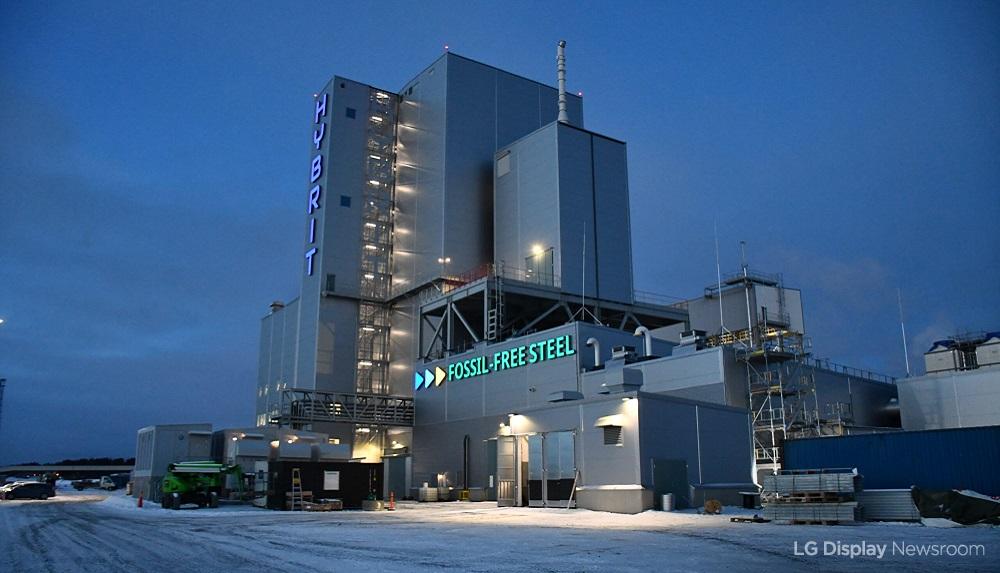
Let’s take a look at some other international examples that stand out. For instance, Sweden shines for its transformation of the steel industry, which has been seen as one of the main drivers of greenhouse gas emissions. The country is actually working on a plan to produce steel without using any fossil fuels. With this goal in mind, top Swedish steel firm SSAB has established HYBRIT in cooperation with mining and state-owned companies. By 2026, HYBRIT is set to unveil fossil-free steel, which is expected to cut Sweden’s total carbon emissions by around 10%.
Another interesting case can be found in Australia, where government discussions have focused on expanding the supply of eco-friendly vehicles through its Future Fuels and Vehicles Strategy. This initiative presents consumers with a vision to expand their eco-friendly mobility options, as officials work with the private sector to increase the uptake of electric, hydrogen, hybrid, and biofueled vehicles.
Bringing new meaning to ‘green screen’

LG Display is taking the initiative in its own industry with a sense of responsibility for carbon neutrality and desire to lead sustainable growth. As such, the company has independently developed its Advanced In-cell Touch (AIT) technology, which has gained national certification for its eco-friendly advantages because AIT tech uses energy and resources more efficiently. Compared to the conventional method of adding a touch panel to an LCD screen, the adoption of AIT allows sensors and wiring to be integrated within the display. The result is a thin and light panel that boasts excellent performance, and can be applied to a multitude of sectors ranging from automobiles and electronic blackboards to kiosks and signage.
Capturing both eco-friendly advantages and technical excellence
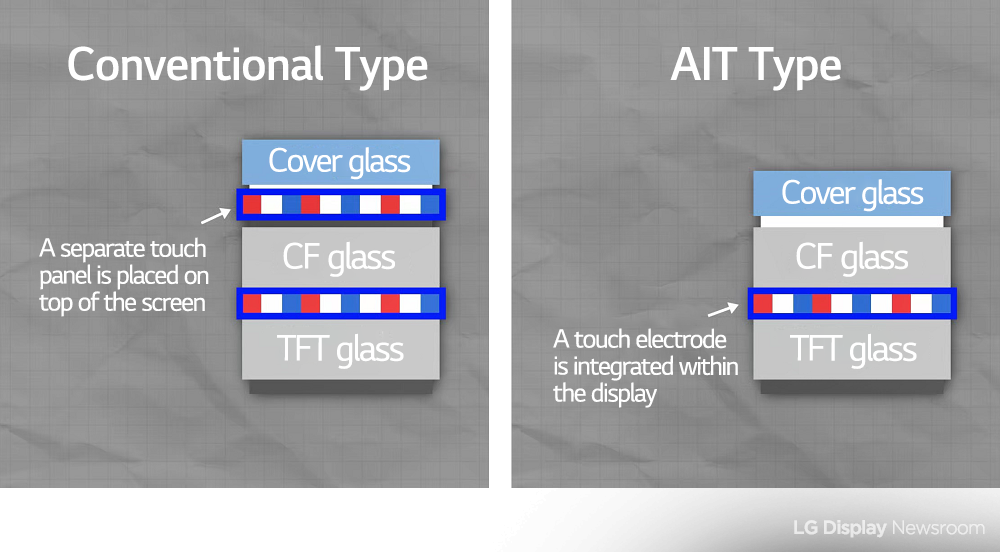
Let’s look a little closer at the eco-friendly benefits of AIT tech. Power consumption is reduced because the manufacturing steps are streamlined. As mentioned, the touch electrode is positioned inside the display, removing the need for a series of other processes such as cleaning and coating. With fewer parts and simpler manufacturing, AIT tech has already proven its outstanding green qualities, cutting carbon emissions by 7,000 tons – the equivalent of planting around 50,000 pine trees every year!
Moreover, AIT tech lowers the usage of indium, an important display component, but one that is also a rare metal and difficult to extract. The adoption of LG Display’s AIT means indium usage drops by up to 68%.
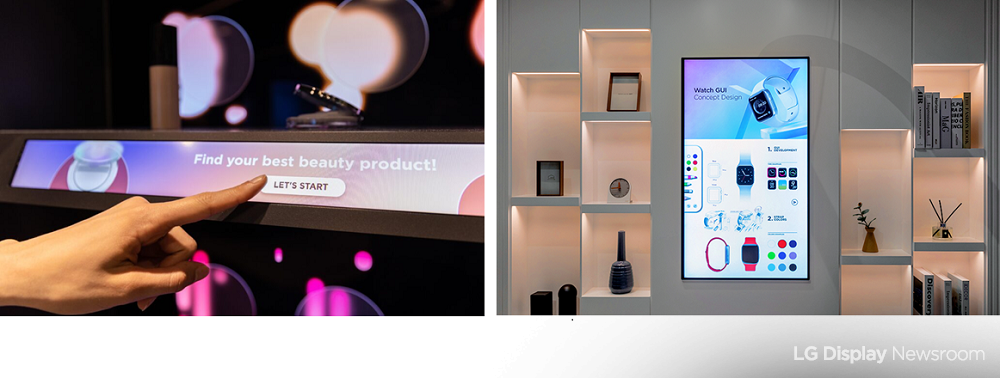
Not to mention its technological excellence, AIT tech offers improved design flexibility and screen visibility. This is because the integrated touch panel allows screens and bezels to be thinner, and you get more accurate images – including from a distance or in bright conditions.
For a greener planet

LG Display is committed to focusing its capabilities on developing further innovative and eco-friendly technologies like AIT. And in addition to green tech, the company is pursuing measures such as protecting water resources, improving waste recycling, and using renewable energy. By leading the display industry’s push for sustainability, LG Display is aiming to protect the Earth with various technologies and environmental investments.




